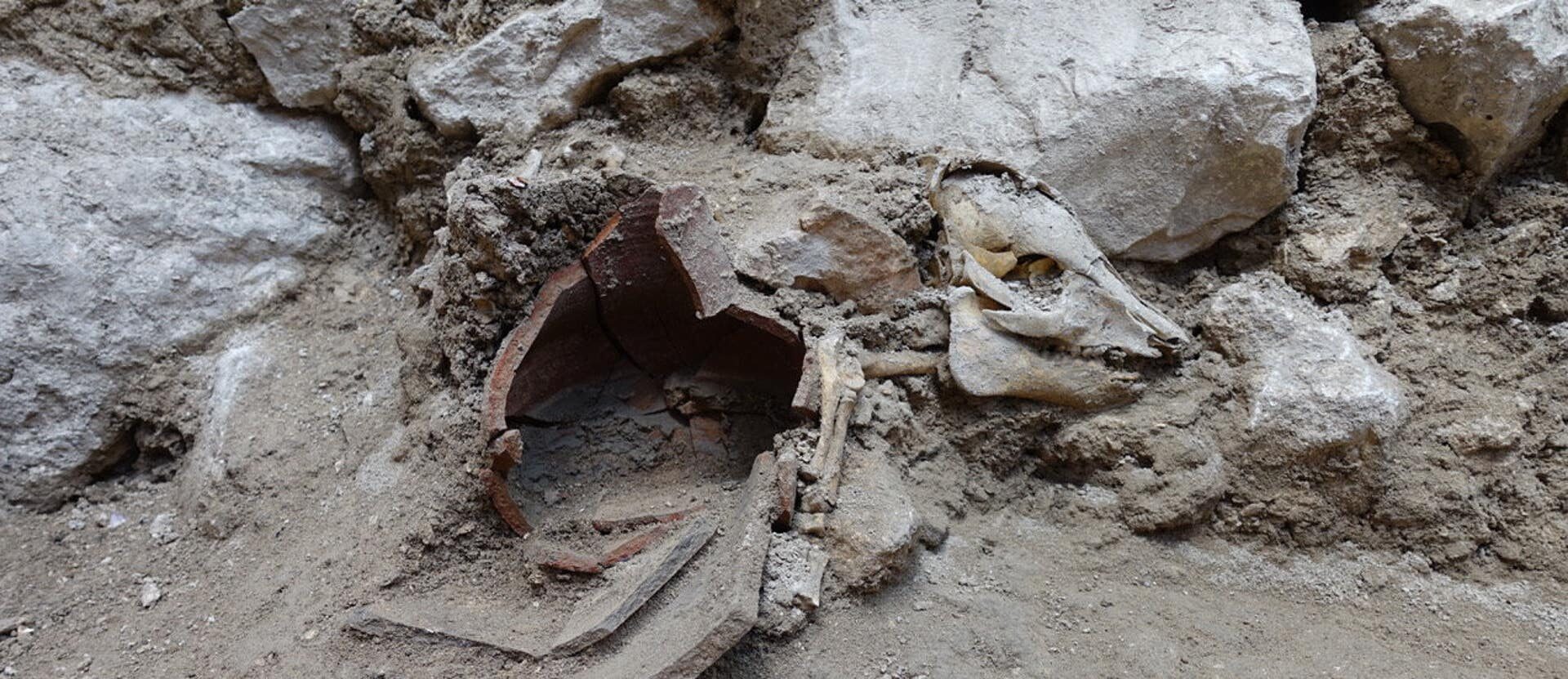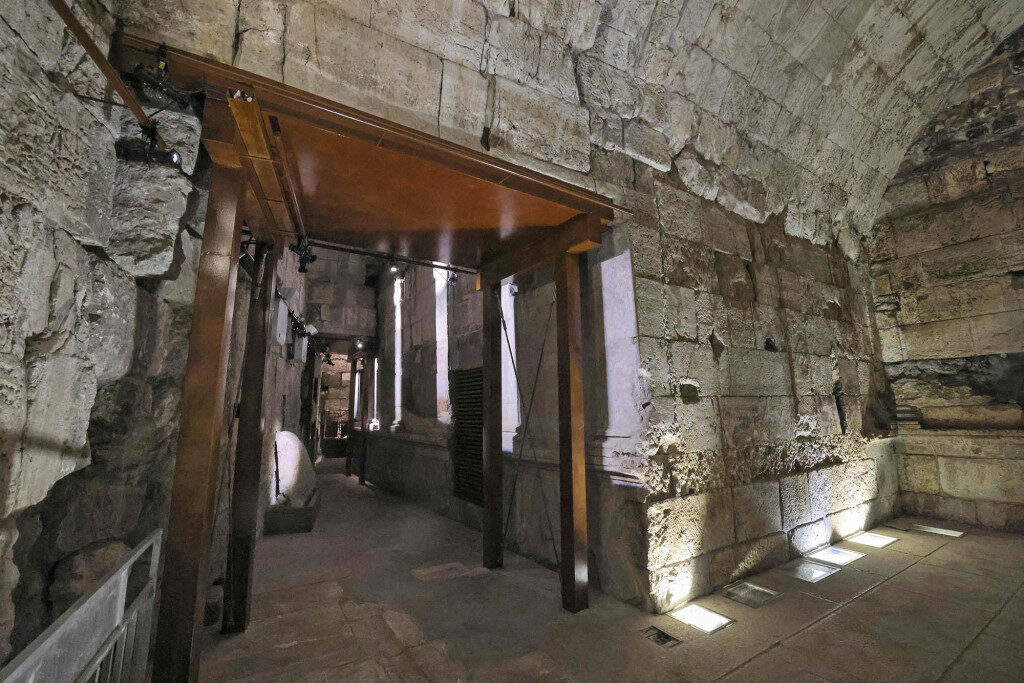OF THE
TIMES

The Iberomaurusians not only lacked the Magdalenian artistic genius, at least in imperishable materials, but the two cultures fundamentally diverged in burial customs and initiation procedures. Hundreds of Iberomaurusian dead have been recovered from large cemeteries in North African caves, as opposed to the scarce and usually isolated Magdalenian burials, and all Iberomaurusian crania show evidence of tooth avulsion in puberty (in this case the removal of the two upper central incisors and occasionally the two lower ones as well), presumably an adolescent initiation practice for which there are no parallels in Europe.See also:
And yet the spatial and temporal boundaries of these North Africans do match up almost as well as the Magdalenians with the stated dimensions of Atlantic control. One wonders, therefore, if the marked cultural differences on either side of the Straits might indicate the presence of more than one Atlantic hand in Mediterranean affairs. In the Critias, the ten original kings and their descendants are said to have governed formany generations "their own territories and many other islands in the ocean and, as has already been said, also controlled the populations this side of the straits as far as Egypt and Tyrrhenia." If this passage is taken to mean that more than one of the Atlantic kings controlled populations inside the Straits, we would expect any differences between these rulers to have extended to their colonies.
Page 47



Comment: See also:
- History textbooks contain 700 years of false, fictional and fabricated narratives
- Pompeii's recent finds reveal new clues to city's destruction
- Divus Iulius: Discovery in Spain of 4th century glass plate depicting clean-shaven, short-haired, toga-wearing 'Jesus' baffles historians
Also check out SOTT radio's: